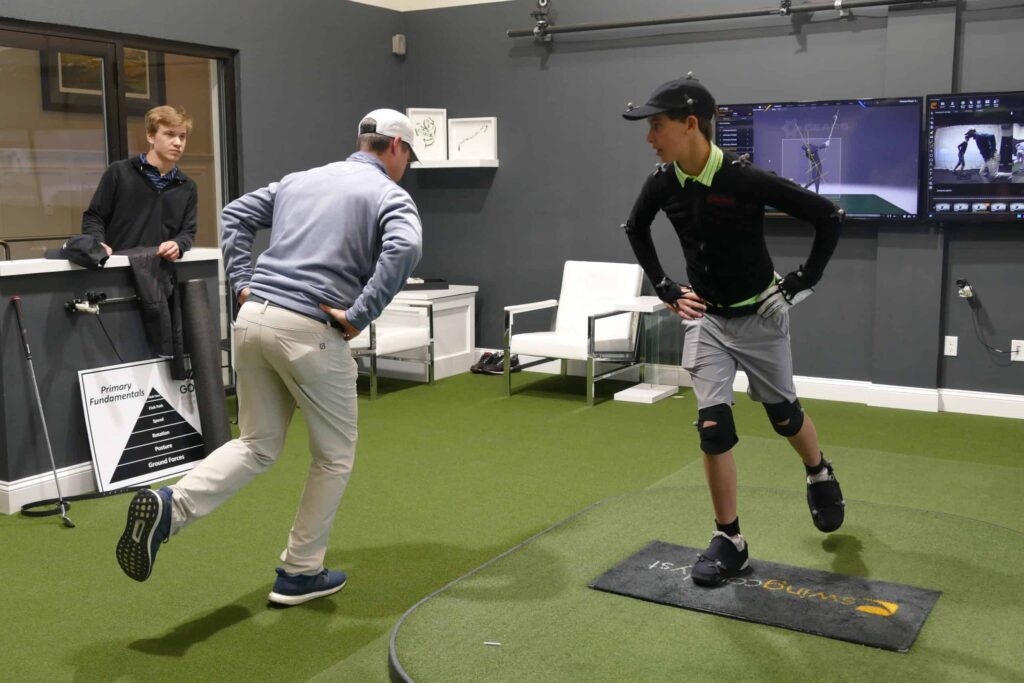Of the innumerable statistics kept by the PGA tour, “bounce back” is one that has always piqued my interest as a psychologist. The “bounce back” statistic is a measure of the percentage of holes a golfer scores over par (bogey or worse) and then, on the very next hole, scores under par (birdie or better). Essentially, it is a measure of a golfer’s resilience and ability to rebound from a mistake.
Below are the Bounce Back statistics for top 10 players on the PGA Tour through the 2024 3M Open. For those that need further explanation, 33.33 percent of the time Scottie Scheffler made a bogey (or worse), he followed it up with a birdie (or better). The PGA Tour average is 20.73%.
| RANK | PLAYER | % |
|---|---|---|
| 1 | Scottie Scheffler | 33.33 |
| T2 | Mac Meissner | 31.88 |
| T3 | Pierceson Coody | 30.00 |
| T4 | Jhonattan Vegas | 29.00 |
| T5 | Akshay Bhatia | 28.02 |
| T6 | Sam Ryder | 28.00 |
| T7 | Dylan Wu | 27.85 |
| T8 | Max Greyserman | 27.63 |
| T8 | Justin Suh | 27.63 |
| T10 | Collin Morikawa | 27.21 |
Not surprisingly, the ability to rebound from “mistakes” is one of those skills that the Sport Psychology literature tells us separates the ordinary athletes from the extraordinary ones. An important note here is that adversity is a part of sport. All athletes struggle at some point, and although it might seem like the best athletes in the world aren’t experiencing adversity, or moments of upset, during their performances, they most definitely are. The difference is that the best athletes are just more adept at handling it. More specifically, when adversity hits, the elite athlete recognizes it and recovers from it faster than the average athlete.
However, for the average athlete, and in our case the average golfer, it’s not so easy to dial up a birdie on a given hole following a bogey the way Scottie Scheffler has done so far this season.
So, how can the average golfer practice the skill of recovering from adversity and rebound from mistakes? A good starting point would be to begin framing those times when you make bogeys (or worse) as opportunities to practice “bouncing back” rather than moments of breaking down.
The next time you make a bogey (or worse), take a moment to gather yourself. This is always easier said than done, especially if you are cognitively disabled by the stress and upset from making a high number on the previous hole. However, with a few deep breaths, a little composure, and some practice, you should be able to get yourself back into a more productive mindset. Once you have settled down, be more intentional about “bouncing back”. Take your time to plan your strategy on the next hole without allowing the emotion from the previous hole to interfere. I often find it helpful to be a bit more conservative in my shot selection, especially off the tee, due to the aggressive play that anger and upset so often talk us into whenever mistakes are made. Make sure you flow through your pre-shot routine the way you always do. If designed properly, your pre-shot routine should help ground you in the present moment making your intention of “bouncing back” more viable.
I would recommend that your goal not be to under par on the next hole rather to be at least one shot better than your score on the previous hole. If you happen to make birdie so be it, but more importantly, you want to practice the mental toughness required to recover from the mistakes on the previous hole. As with any skill, the more you practice bouncing back, the better you get at it. Not only will learning how to “bounce back” get you off the dreaded bogey train, but knowing you can endure difficult moments and come out stronger on the other side is one of the bed rocks of confidence and self-efficacy.


